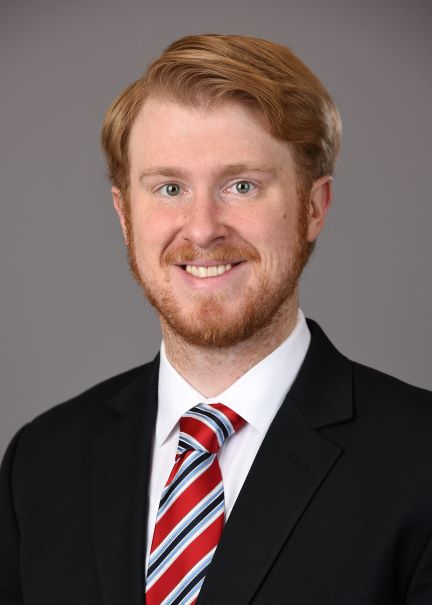Reducing Bias and Noise in T2* Measurements for Low-SNR Data: A Phantom Study
G Anthony1,2*, X Zhang1,3, X Guan1, R Dharmakumar1,2,3, (1) Krannert Cardiovascular Research Center, Indiana University School of Medicine/IU Health Cardiovascular Institute, Indianapolis, IN 46202, (2) Department of Radiology and Imaging Sciences, Indiana University School of Medicine, Indianapolis, IN 46202, (3) Department of Bioengineering, University of California in Los Angeles, Los Angeles, CA 90095
Presentations
MO-C930-IePD-F9-5 (Monday, 7/11/2022) 9:30 AM - 10:00 AM [Eastern Time (GMT-4)]
Exhibit Hall | Forum 9
Purpose: To evaluate the ability of several fitting methods to reduce bias and uncertainty in T₂* mapping of iron-agar phantoms, particularly for low T₂* values and low-SNR environments.
Methods: Phantoms composed of 2% agar and ferumoxytol (range: 0–60 μg Fe/mL) were imaged with a 3T MR scanner (Siemens MAGNETOM Prisma-Fit, Erlangen, Germany). Multi-gradient-echo (mGRE) sequences were acquired (TE = 2.4–37.4 ms, 8 echoes) along the short axis of the 50-mL phantom tubes. Image SNR was modulated by adjusting the number of signal averages (NEX = 1–16). T₂* maps were reconstructed off-line using a custom MATLAB script (R2021a, Mathworks, Natick, MA) that fitted the multi-gradient-echo data to 2- and 3-parameter exponential and logarithmic models. 2-parameter exponential fitting using only the first 3–7 echoes (truncated fitting) was also performed and compared with fitting using all 8 echoes. For each noise level, the bias (change in mean T₂* value from the 16-NEX acquisition) and uncertainty (standard deviation in T₂*) were computed within each phantom for three independent scans.
Results: 2-parameter fitting produced a positive T₂* bias that worsened with decreasing SNR, while 3-parameter fits remained relatively stable over the SNR range tested. The 3-parameter exponential model also exhibited the smallest uncertainty for SNR levels of ~8 or less. Logarithmic fits consistently produced greater bias and uncertainty than their exponential counterparts at low SNR levels (SNR < ~10). Truncated fits increased bias and noise for low-iron concentrations with high-SNR, but this effect was reversed for high iron concentrations and low SNR (SNR < ~8), with fewer fitted echoes reducing bias and, to an extent, uncertainty.
Conclusion: For low-SNR regimes, using a 3-parameter model or excluding longer TEs from fitting reduces both bias and uncertainty in T₂* measurements. This may improve T₂* estimates for high-susceptibility, low-SNR anatomy, such as in the heart.
Funding Support, Disclosures, and Conflict of Interest: This work was supported in part by NHLBI HL133407, HL136578, and HL147133.
Keywords
MRI, Image Analysis, Quantitative Imaging
Taxonomy
IM- MRI : Quantitative Imaging
Contact Email



